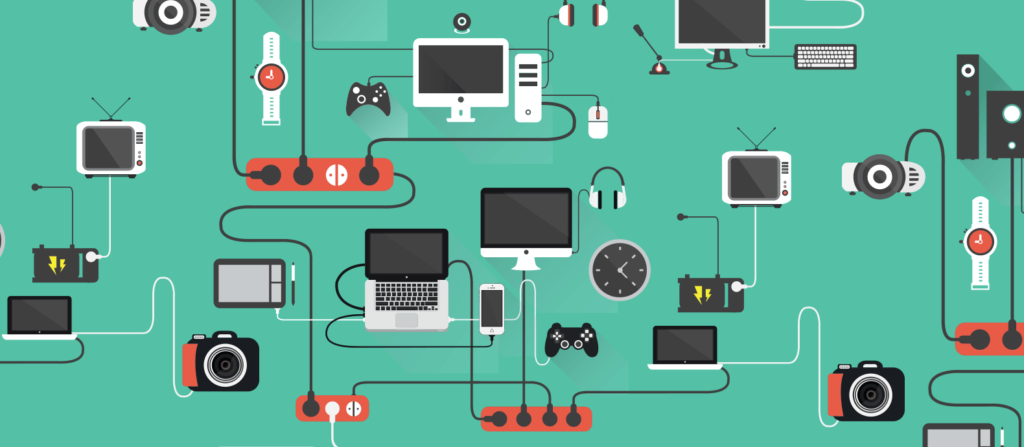
What makes a successful hardware business?
Through my work I naturally come in contact with many hardware startups in early stages of company building and product development. In this article I would like to share some commonalities I have noticed among the ones that succeed. The article is primarily aimed at companies outside of Asia where low manufacturing cost is not a competitive advantage.
Below are three strategies I have noticed many successful hardware businesses employ.
1. Intangible benefits to customer
If your product offers something on top of pure functionality you will be able to increase your margins without having customers switch to a cheaper alternative. The intangible benefits I speak of usually come in the form of signalling belonging to a certain group. As you might imagine luxury products posses this intangible benefit by allowing their owners to show that they belong to the wealthy class of society. But a product can be used to signal belonging to many groups apart from the wealthy.
In his book Tribe, Seth Godin provides a great example when discussing Harley Davidson. As he points out purchasing a Harley bike is not as much about acquiring a mode of transport as it is about signalling belonging to outlaws and renegades. By purchasing a Harley bike you make a statement about yourself and your allegiances in society.
In other words: if your product allows your customer to feel part of a movement or group of people, you will be able to avoid the trap of cut-throat margins that often befall hardware businesses.

2. Product as platform
In this business model the base product is not meant to generate the revenue necessary to make profit. Instead the product acts as the foundation upon which a secondary stream of revenue can be created. Gaming consoles are one example of this model. Famously many of the console manufacturers are prepared to sell their hardware at break-even prices or even at a loss, to later make profit through game sales. Amazon is doing something similar with their Kindle product line, subsidising the initial price of the product with the money they project to make through book sales.
Nespresso offers an example of a hardware based approach to the product-as-platform model. Once the customer has a Nespresso machine they will need to constantly be refilling it with the proprietary coffee capsules. Apart from increasing the lifetime profit per machine sold, this model has the additional benefit of making revenue more predictable and even month over month.

If there is a way in which your company can keep offering value to your customer after the initial sale, this model could be for you.
3. Inside sales channels
If your company has established sales channels to a hard to reach client/industry this might be enough to warrant success. This could be as simple as the CEO being on good terms with the management of a mega corporation who as a sole client will guarantee profitability. This approach does perhaps not embody the meritocratic ideal, but it is the reality of how deals are often made.
This article is not meant as a prescription, but I do think the models mentioned deserve extra consideration since they are so prevalent among successful hardware businesses.